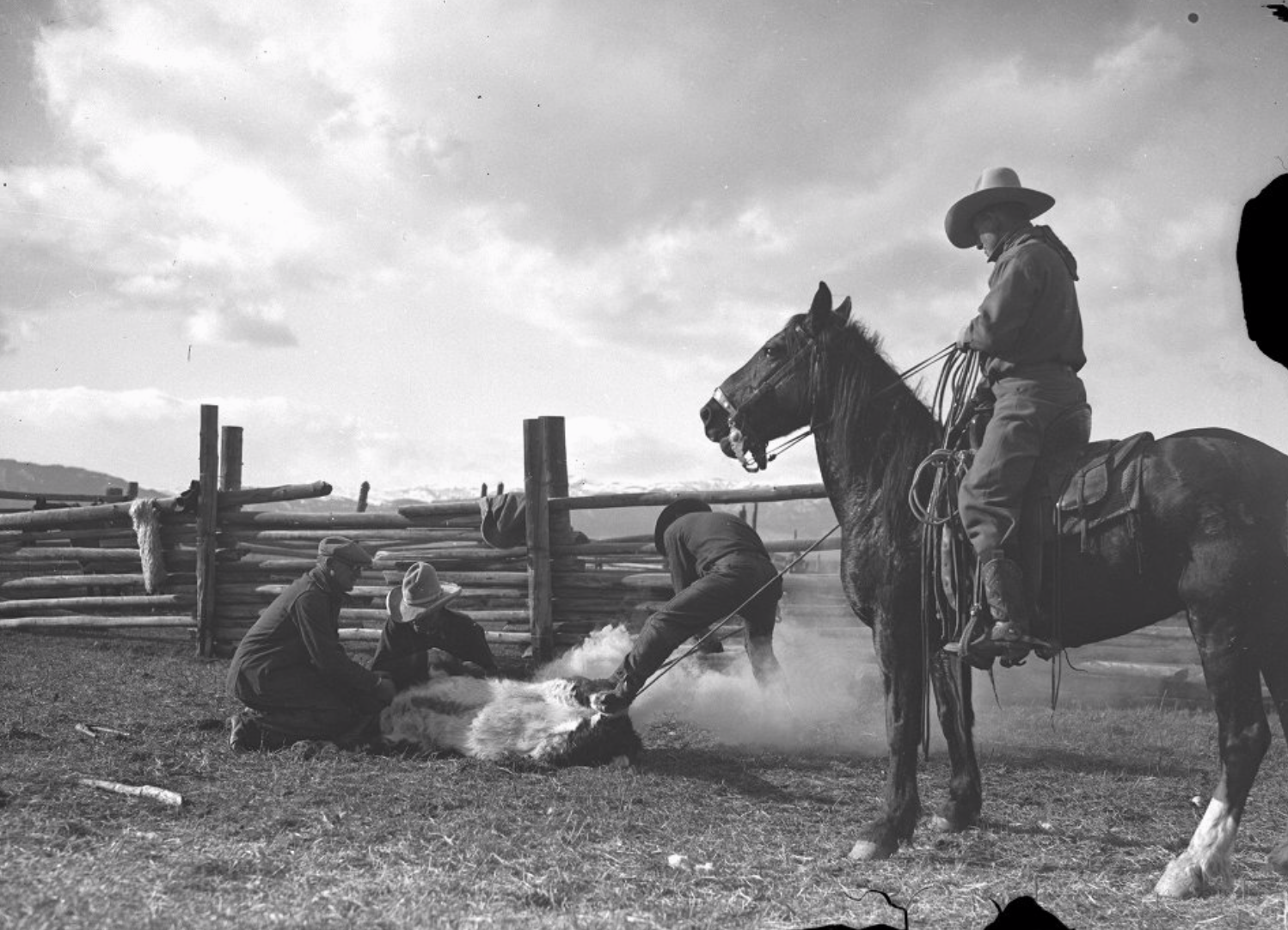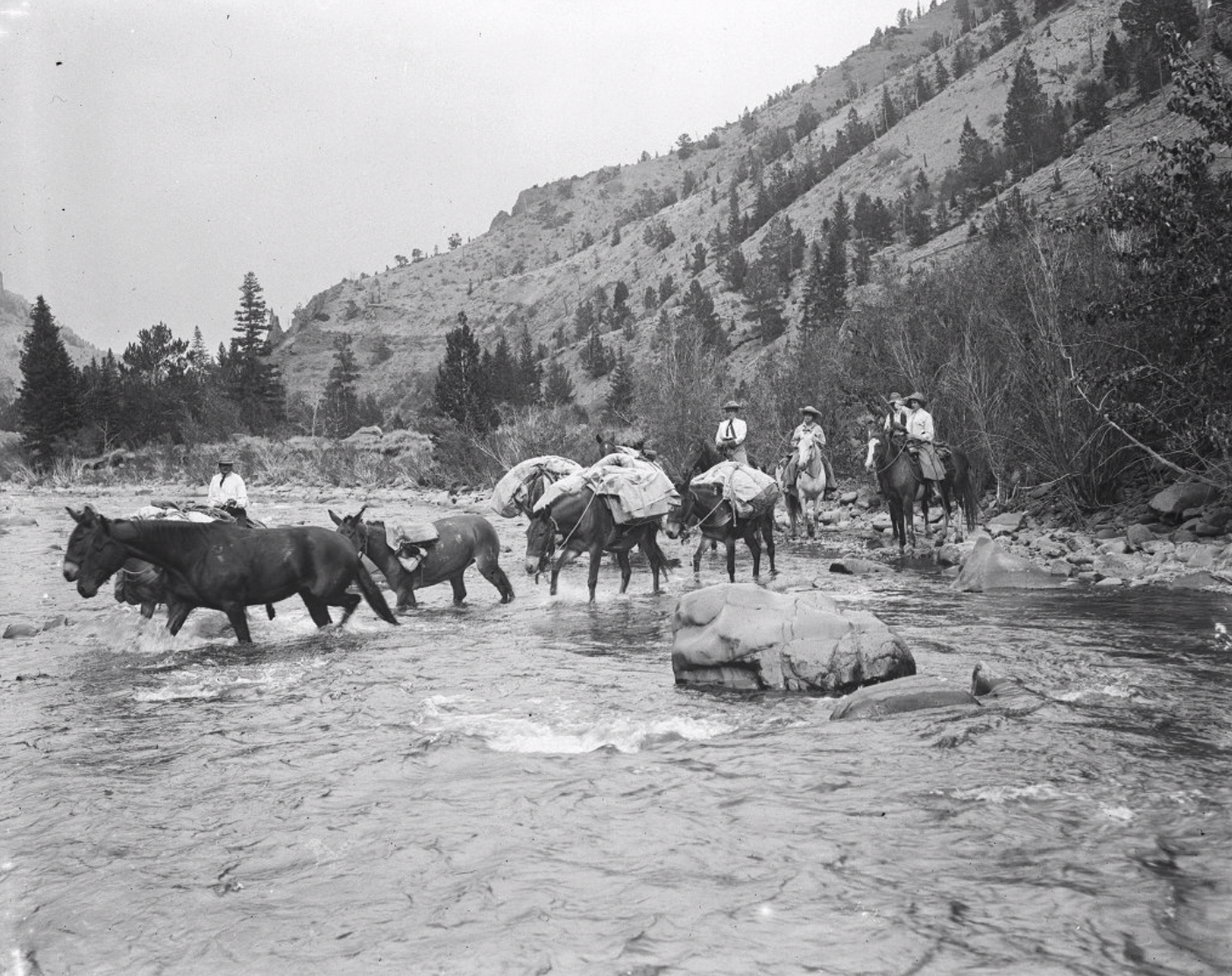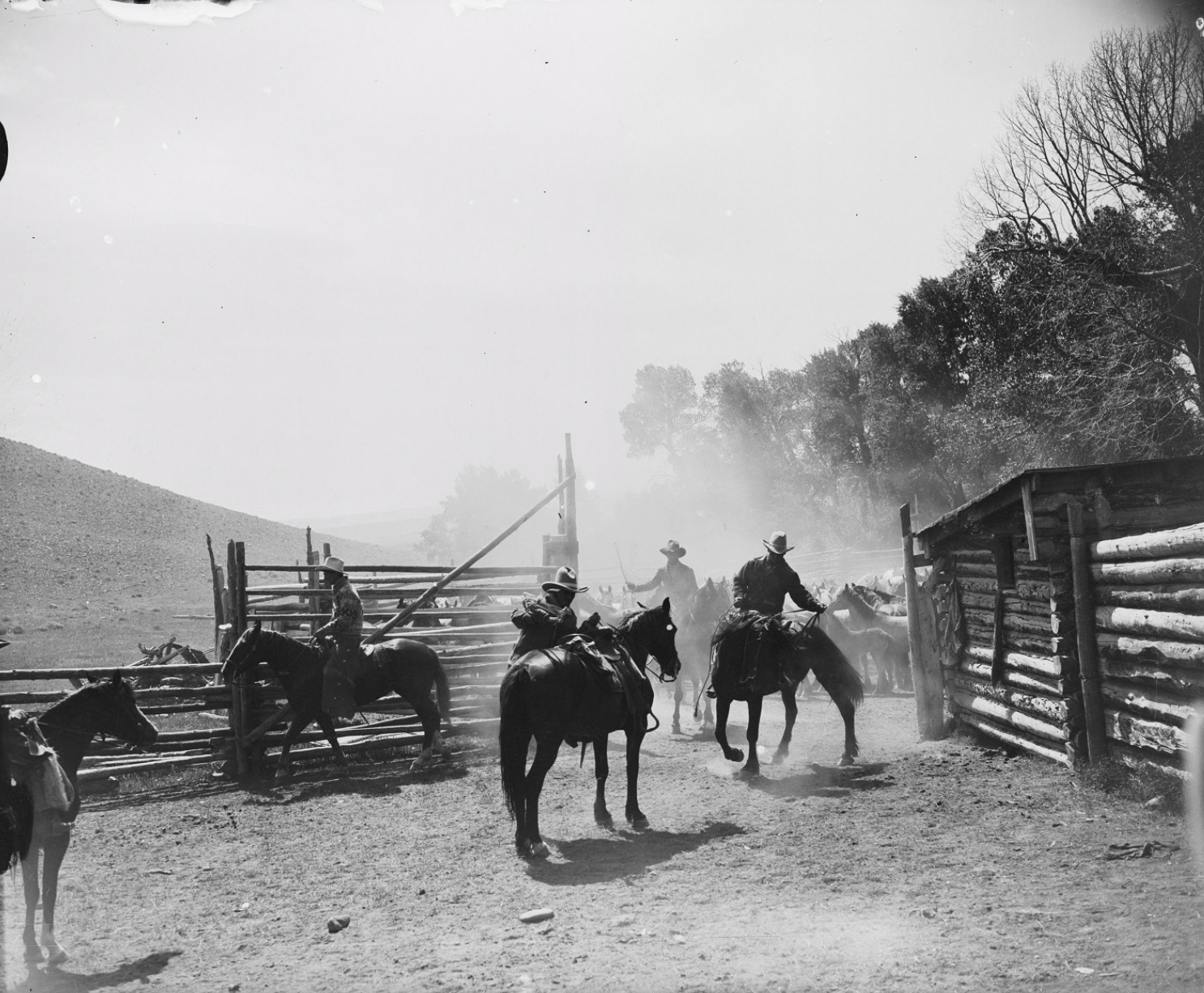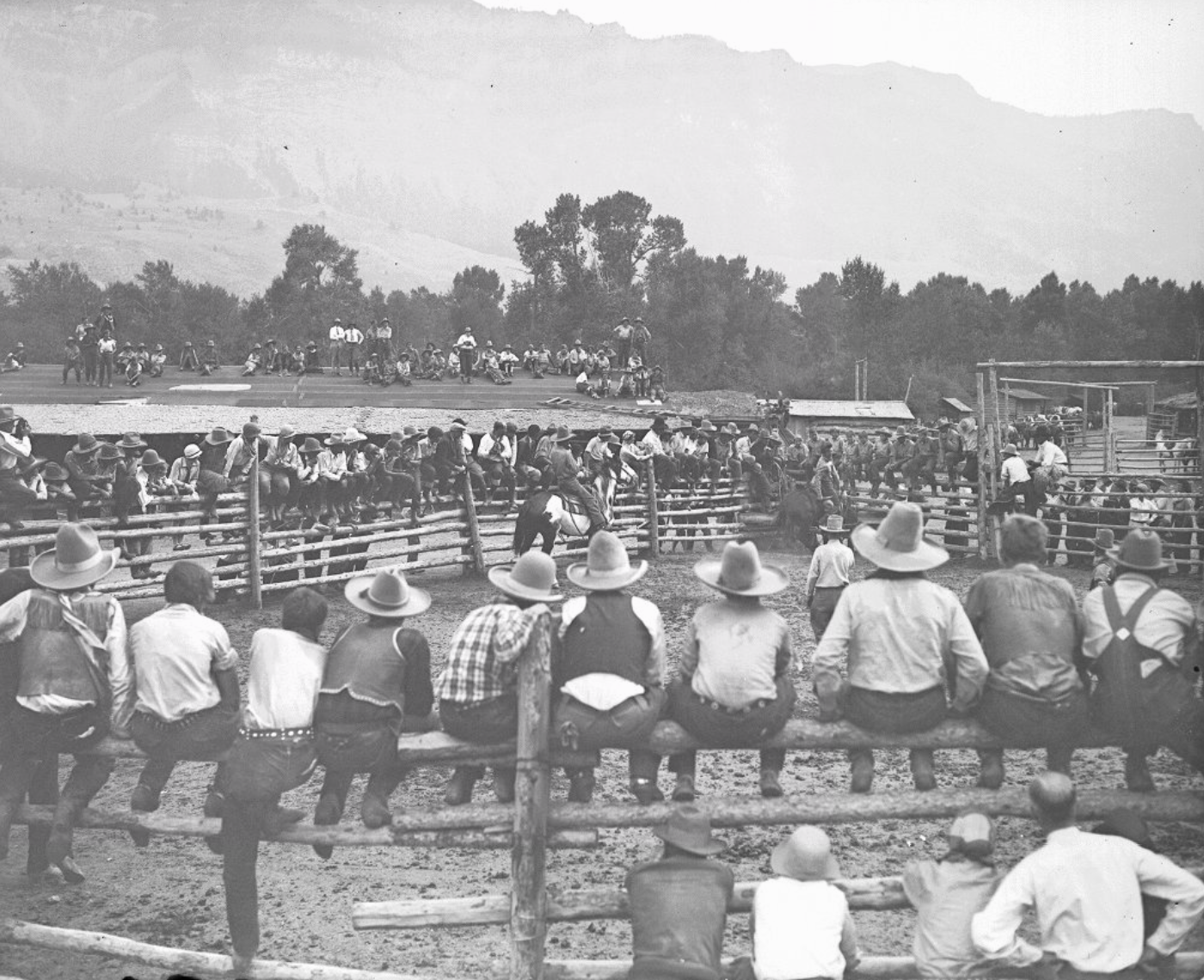
Upholding tradition since 1878.






The Beginning
The valley of the Greybull River in Northwestern Wyoming has been the headquarters of the Pitchfork Ranch since 1878, when Otto Frank Von Lichtenstein broke ground on his first cabin. His choice was well made as grass, fresh water, and natural shelter were abundant across the wide valley. At the time the region was teaming with herds of buffalo, elk, mountain sheep, deer and antelope. Bear wandered the valley alongside beaver, muskrat and mink. Otto noted that an area that was home to so many species seemed an excellent place to raise cattle.
Building Of A Brand
Otto Frank spent the remaining 33 years of his life building the Pitchfork brand and documenting daily life through his frequent journaling. His untimely death came in 1903 as a result of shooting himself with his shotgun while climbing through a barbed wire fence. LG Phelps purchased the Pitchfork from Otto Franc's estate and it was in the Phelps/Belden family for 6 generations and 95 years. At the Pitchforks greatest it encompassed seven ranches and 250,000 acres and ran 10,000 Hereford cattle and 20,000 Rambouillet sheep. In 1914 the Pitchfork was put on the worldwide stage by Charles Belden, an avid conservationist and accomplished photographer. Living alongside his subjects he was able to capture the true life and times of the ranch until his departure from the ranch in 1940. The romanticism and hardships of the west were both celebrated in Belden’s photographs. He is quoted saying “If a picture doesn’t tell a story, it is not worth taking.”
Today
The ranch is currently owned by the Baker family who has lived full time at headquarters for the last twelve years. Their extensive efforts to preserve the natural beauty of the ranch and aid in conservation efforts will ensure the legacy of the Pitchfork will remain for decades to come. Our focus for the future of the ranch is to build our quality commercial herd to offer ethically raised beef from our pasture to your plate. The Pitchfork Ranch is now 100,000 acres and although our primary focus is raising cattle we understand the importance of being stewards of the land so that we can leave the soil, grasslands, and water resources better than we found them.


